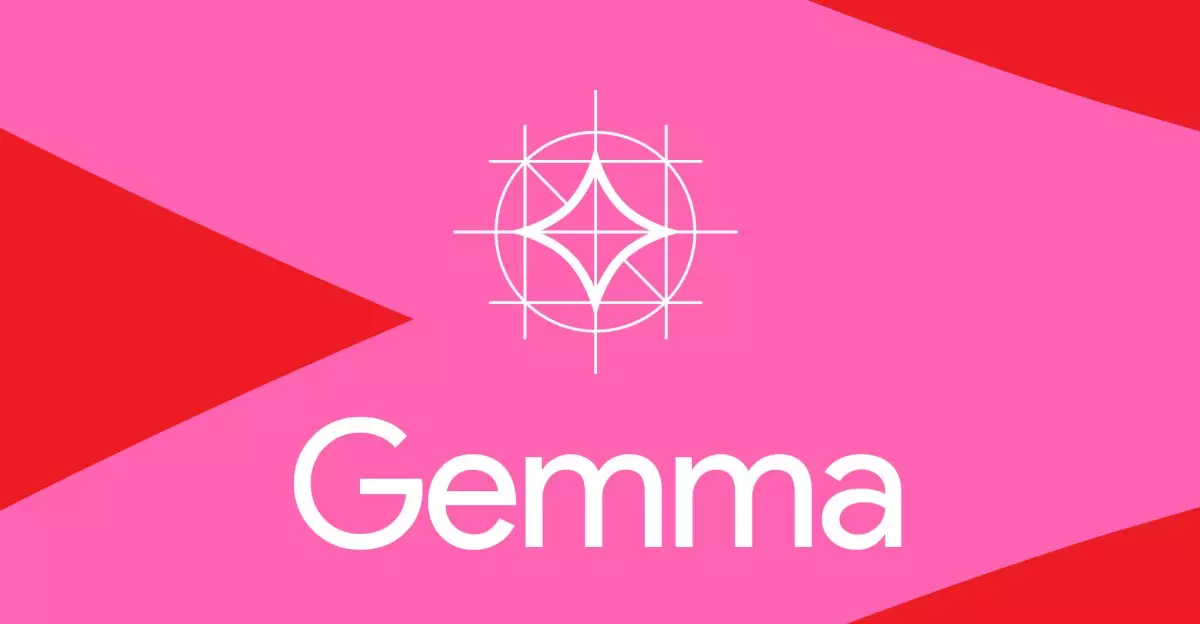The recent introduction of Gemma 3 by Google stands as a watershed moment in artificial intelligence, propelling the capabilities of AI frameworks to new heights. In an era where adaptability and multimodal competencies are vital, Gemma 3 has emerged with features that are not just extensions of existing technology but a complete reimagining of how developers can create applications. With its ability to interpret text, images, and short videos, Gemma 3 enhances the developer toolkit dramatically.
This updated framework is a significant step beyond its predecessors, utilizing the robust Gemini AI technology. The intended versatility is one of its standout features—developers can deploy it across a wide range of devices, from simple mobile phones to powerful workstation setups. By supporting over 35 languages, Gemma 3 positions itself as a truly global tool, making it incredibly appealing to developers seeking to reach diverse audiences.
A Leap Ahead in Performance
What is particularly thrilling about Gemma 3 is Google’s assertion of its performance superiority over competitors such as Facebook’s Llama and DeepSeek. This claim is anchored in its enhanced efficiency when operating on a single GPU, particularly with Nvidia’s dedicated AI hardware. The implications of this development could reshape the landscape of AI applications, democratizing access to advanced AI capabilities by requiring less powerful hardware.
Moreover, the upgrade to Gemma’s vision encoder includes support for high-resolution imagery and non-square formats, which opens the door for richer and more varied content interpretation. This enhancement could be transformative for fields such as digital marketing, education, and content creation, where visual fidelity is paramount.
Safety and Ethical Considerations in AI Deployment
In an age where the misuse of AI poses significant ethical challenges, Google has proactively addressed potential risks associated with Gemma 3. The introduction of the ShieldGemma 2 image safety classifier is a commendable step to mitigate risks related to harmful and explicit content. The continuous push towards establishing safety nets in AI applications signifies an awareness of the profound responsibility that comes with deploying such powerful technology.
However, the question of what constitutes an “open” AI model remains contentious. Despite claims of being an open-source tool, the restrictions tied to Google’s licensing model draw scrutiny. While it’s vital to maintain ethical boundaries, the restrictions can hinder innovation and limit how developers can experiment with these models, creating a paradox in the pursuit of open AI.
Catalyzing Research and Innovation
Google’s investment in the Gemma 3 Academic program is emblematic of its commitment to fostering innovation in the academic sector. By offering $10,000 worth of Cloud credits, Google incentivizes research that could leverage this groundbreaking technology for the greater good. This symbiotic relationship between tech companies and academia is crucial for unlocking the full potential of AI systems, enabling exploratory research that could lead to startling advancements.
As we celebrate the launch of Gemma 3, there is hope that this new paradigm of AI development will stoke the fires of creativity and responsible innovation. The importance of ensuring that AI serves humanity positively cannot be overstated, and it will be up to developers, researchers, and policymakers alike to navigate this complex landscape effectively.


Leave a Reply